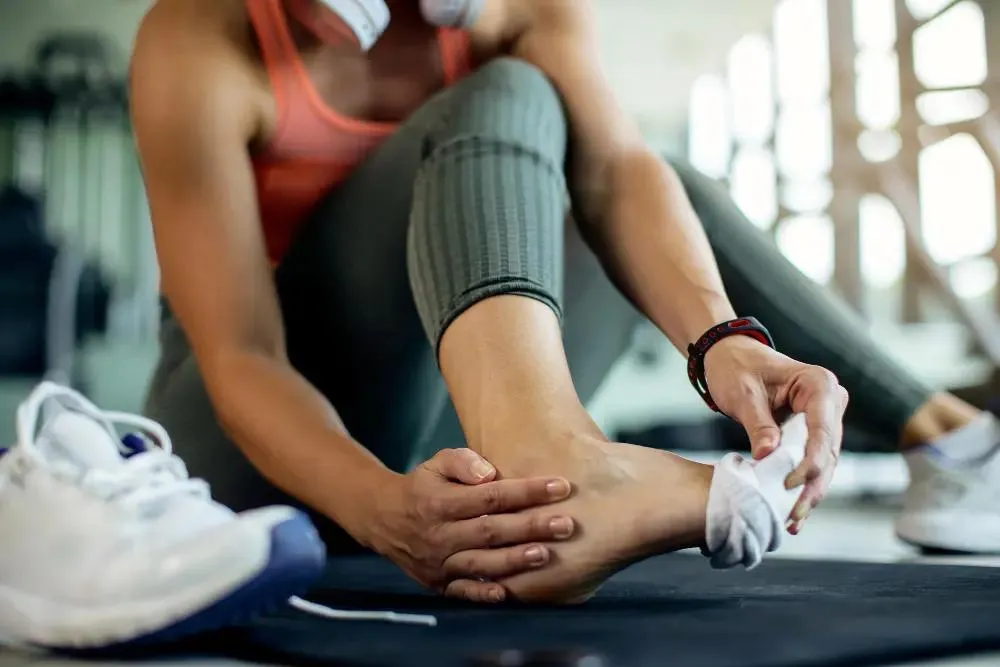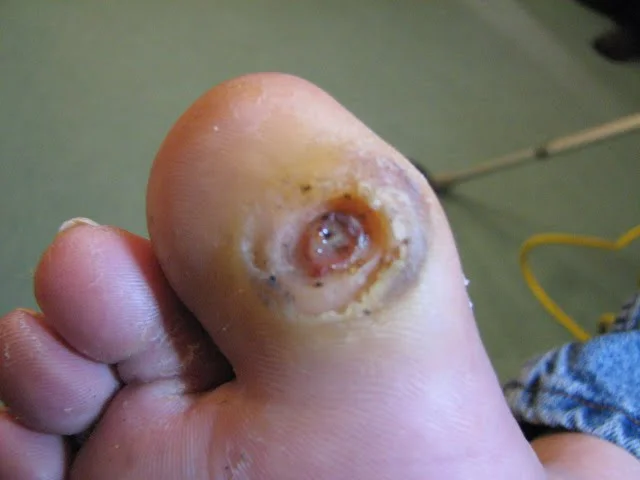
The Achilles tendon is needed for movement in the lower body. Keeping it healthy is especially important for athletes and active people. You can prevent an Achilles injury with effective strategies. Here are some ways to strengthen and protect your Achilles tendon while staying active:
What Builds Ankle Strength?
Strengthening the muscles around the Achilles tendon may be an effective way to reduce strain and enhance durability. To do this, include exercises like calf raises in your routine. Start by standing upright with your feet shoulder-width apart. Then, slowly raise your heels off the ground, balancing on the balls of your feet, and lower them back down.
Adding variety to your strength training is also helpful. Try other exercises, which involve controlled, slow descents that boost tendon strength. Stand on a step and lower your heel below your toes, focusing on a slow, deliberate movement.
How Does Stretching Help?
Tight muscles may contribute to Achilles strain. Stretching plays a significant role in maintaining flexibility and reducing tension when you get an Achilles injury. One effective stretch is the runner’s stretch, also called the calf stretch. To do this, keep one leg straight behind you, heel flat on the ground, while bending the opposite knee in front. Lean forward slightly until you feel a stretch in your calf. Hold this position for 20–30 seconds and repeat a few times on each leg.
Mix other stretches like the runner’s stretch with dynamic movements to prepare for workouts or sports. Controlled stretches, like walking on your toes or performing heel drops, warm up the muscles and tendons more effectively than static ones alone. These movements prepare your body for activity and enhance overall mobility.
Do Shoes Affect Performance?
Your choice of shoes may impact the load placed on your ankles. Wearing proper shoes with arch support and cushioning helps spread pressure evenly. Avoid engaging in high-impact sports with worn-out shoes, as these may lead to problems over time.
Why Does Rest Matter?
Overuse injuries of the Achilles tendon may happen when there isn’t enough rest. While staying active is important, taking time to recover is just as helpful. Try switching between high-impact exercises like running and lower-impact activities such as swimming or cycling.
Sleep also plays a key role in rest. During rest, your body repairs itself and adapts to training. Make sure to allow enough recovery time to boost your long-term performance and prevent overworking your Achilles tendon.
Are Warm-ups Being Skipped?
A proper warm-up prepares your body for movement and helps prevent strains. Start with light exercises that imitate the activity you’ll be doing. If you’re going for a run, begin with a walk and then switch to jogging.
Cross-training involves using different muscle groups, which can help prevent repetitive stress on your Achilles tendon. Mix activities like running with lower-impact options that still build endurance. Swimming and biking can be added to running because they boost your health while reducing stress on your tendons.
Treat an Achilles Injury
You can reduce your injury risk and stay active by focusing on simple steps like warming up, stretching, wearing the right shoes, and adjusting your training load. Balancing activity with rest and gradually increasing your efforts will help build strength and endurance, so you’re always ready to do activities. Contact a foot and ankle doctor near you to treat an Achilles tendon injury.





